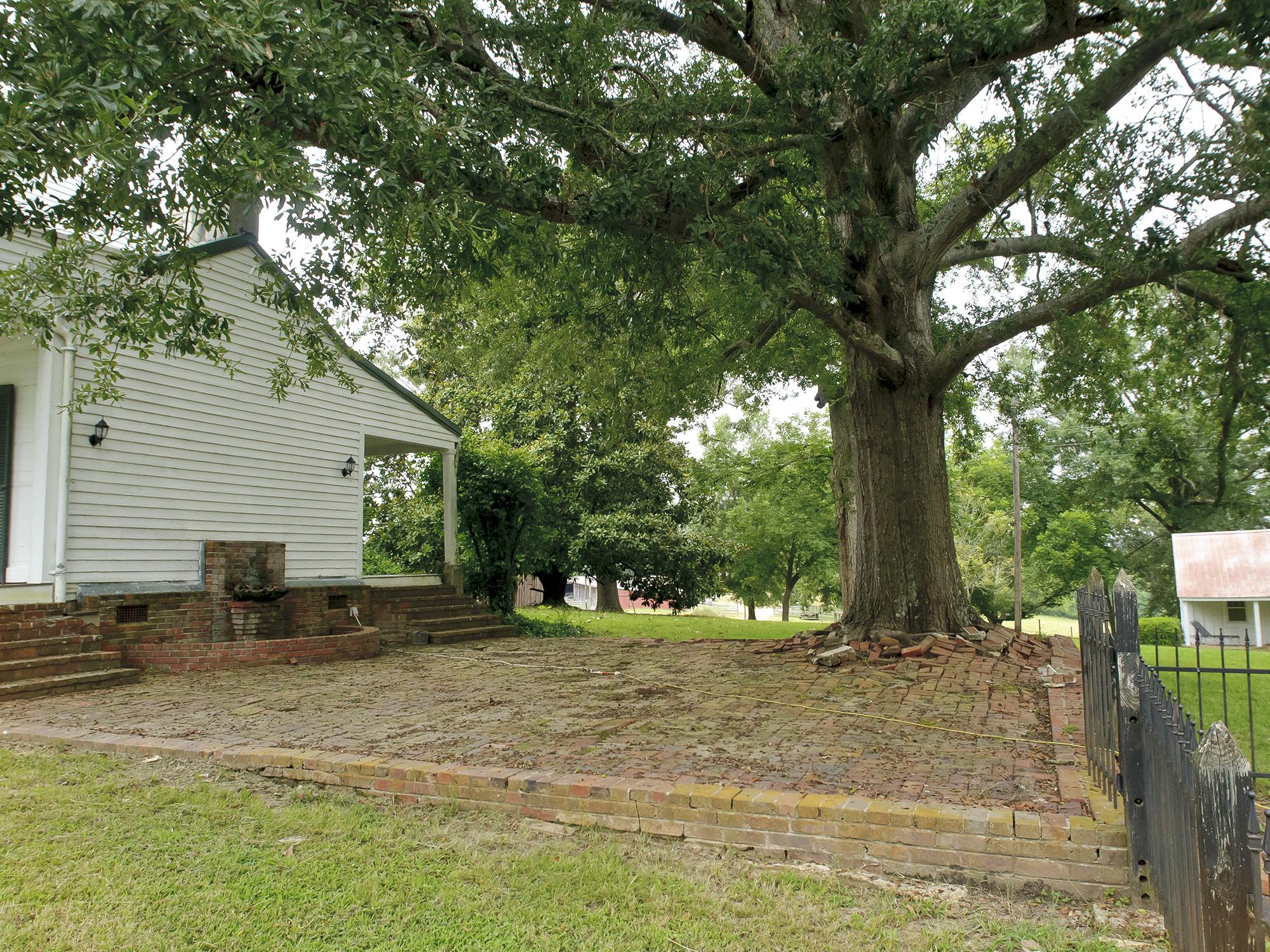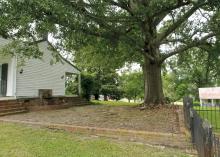Information Possibly Outdated
The information presented on this page was originally released on March 8, 2019. It may not be outdated, but please search our site for more current information. If you plan to quote or reference this information in a publication, please check with the Extension specialist or author before proceeding.
Use landscape for energy efficiency
STARKVILLE, Miss. -- A smart landscape can play a key role in efficiently heating and cooling homes while reducing energy costs.
Taze Fulford, a professor in the Mississippi State University Department of Landscape Architecture, said a well-designed landscape not only adds beauty to a property but also reduces summer and winter energy costs. Trees are an integral part of this plan.
“The first consideration is the pocketbook; the landscape should help reduce the energy load we’re paying for,” Fulford said. “Second, it should reduce the amount of pressure we’re putting on the environment through the extracting of resources to produce energy.”
The process for creating an energy-efficient, smart landscape depends on whether the project is new construction or a modification to an existing property. With new construction, the most important step is placing the building correctly to harvest sunlight and the sun’s energy, Fulford said.
“That basically means you should have a south-facing wall with appropriate overhangs and a minimized western façade to keep from absorbing too much heat in the day,” he said.
A south-facing wall with appropriate overhangs keeps the sun’s heat out in the summer and allows it inside in the winter. If the house is already built, trees can be planted to shade the western wall and limit sun absorption. In the winter, a south-facing wall built with thermal mass such as a concrete slab or Trombe wall soaks up the sun’s heat and releases it slowly through the night.
“A southern exposure also helps light the building through the day better, so you don’t have to run electric lights continually,” Fulford said. “Skylights are another way to light during the day, and even at night, they can allow some reflected light to enter if the moon is shining.”
He said builders generally face a compromise between siting a house for the view and doing it for sustainability reasons.
“You need to find a designer who is willing to find the materials you need to make it work for your situation,” Fulford said.
Much new construction is done by clearing a site of all trees, then adding new landscaping upon completion. This approach eliminates the impact large, established trees can have on a landscape.
Bob Brzuszek, MSU Extension Service professor of landscape architecture, said that learning about the existing trees on your property is a good way to begin.
“Identifying the values that your existing vegetation contributes to your property is key,” Brzuszek said. “It doesn’t make sense to remove and plant new trees when the existing ones are already doing the job.”
The MSU Extension Service and Department of Landscape Architecture created Mississippi Smart Landscapes as the go-to digital source for those looking for simple, sustainable home landscapes. The site offers a variety of information to support environments that encourage wildlife, use water wisely, lower energy costs, and benefit both homes and neighborhoods.
Contact: Taze Fulford, 662-325-0507





